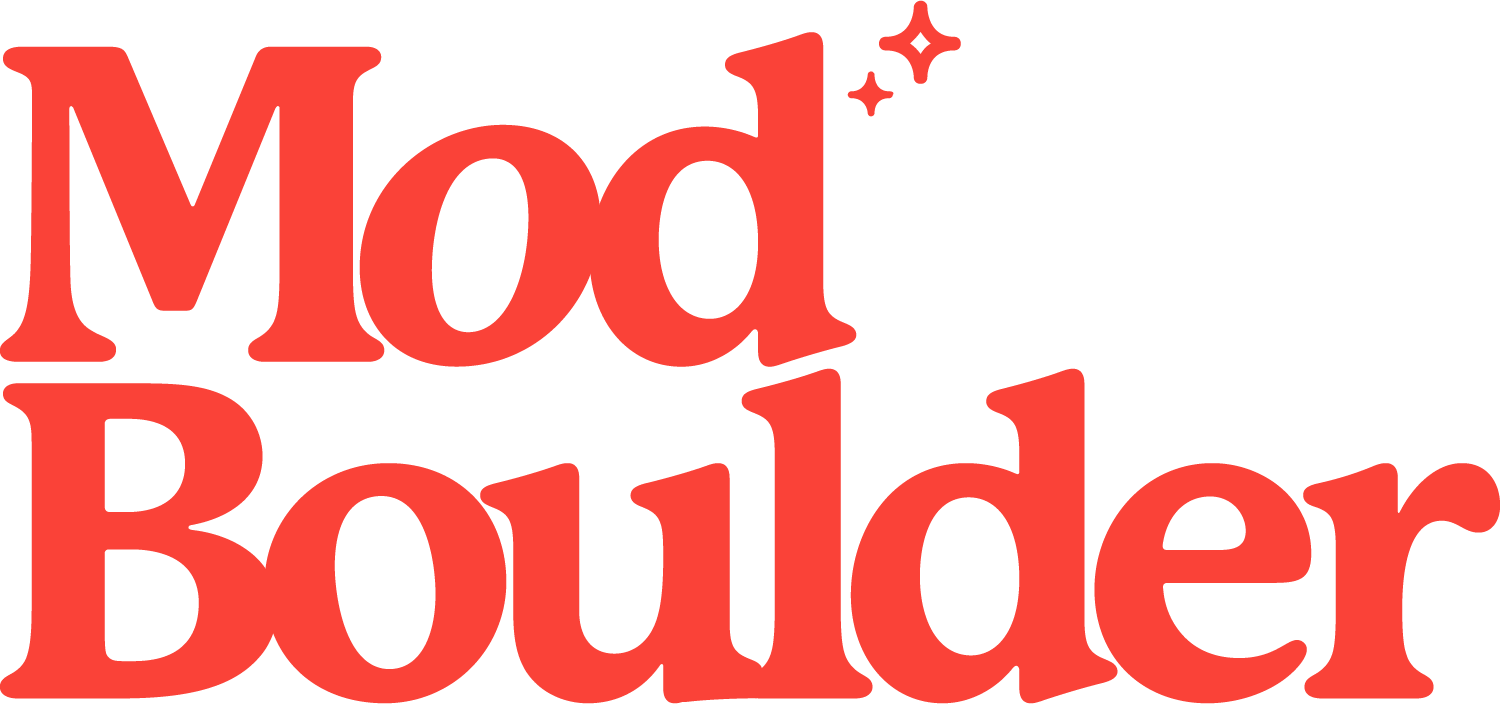Your Number Is Up: A Look at the Evolution of House Numbering
It’s 1770 and Maria Theresa, the empress of the Habsburg Empire, just lost the Seven Years’ War. Not one to wave the white flag, she decides to win back her territory. But to succeed, she needs a formidable army. While feudal landlords handle military recruitment throughout her empire, they prefer to keep the strongest men at home to work the land.
Maria Theresa orders an accounting of all military-eligible men. But with no way to identify individual homes, the task is daunting. Her solution? To individually number each house throughout the region. The historical result is over one million house numbers painted in thick black paint made of oil and boiled bones.
America’s first instance of numbering houses came, unsurprisingly, from the British. The Brits used house numbers to keep track of revolutionaries. As numbering became more and more commonplace, a nod toward standardization came about in 1790 with the Philadelphia System, which located odd numbers on one side of the street and even numbers on the other.
Here in Boulder, the Philadelphia System is in full effect, with odd addresses on the north and west sides of a street, and even addresses on the south and east sides. Additionally, our local numbering system increases as you move west to east.
These days, house numbering is a normal part of our everyday lives—and has even grown to become personalized through our individual style. Some houses have simple, inconspicuous numbers that do their jobs quietly and without fanfare, while other houses display addresses so striking and large that passersby can’t help but notice their dazzling digits. Displaying address numbers can make a lasting first impression, welcoming guests with a splash of color and architectural style.
House number styles run the gamut, from ornate Victorian-era styles to freshly forged numbers that fit Greek Revival, Georgian, and Cape Cod homes. For early 20th century revival, prairie-style, and Craftsman bungalows, an Art Deco or handcrafted look fits the bill. And the clean lines of a mid-century modern ranch home are accentuated by bold graphic numerals.
While we may tend to take house numbers for granted—where would Amazon’s one-day delivery be without them?—they should be considered one of the most important albeit underrated innovations of the Age of Enlightenment. In today’s world, your address is not only a location marker, it’s your identity.

